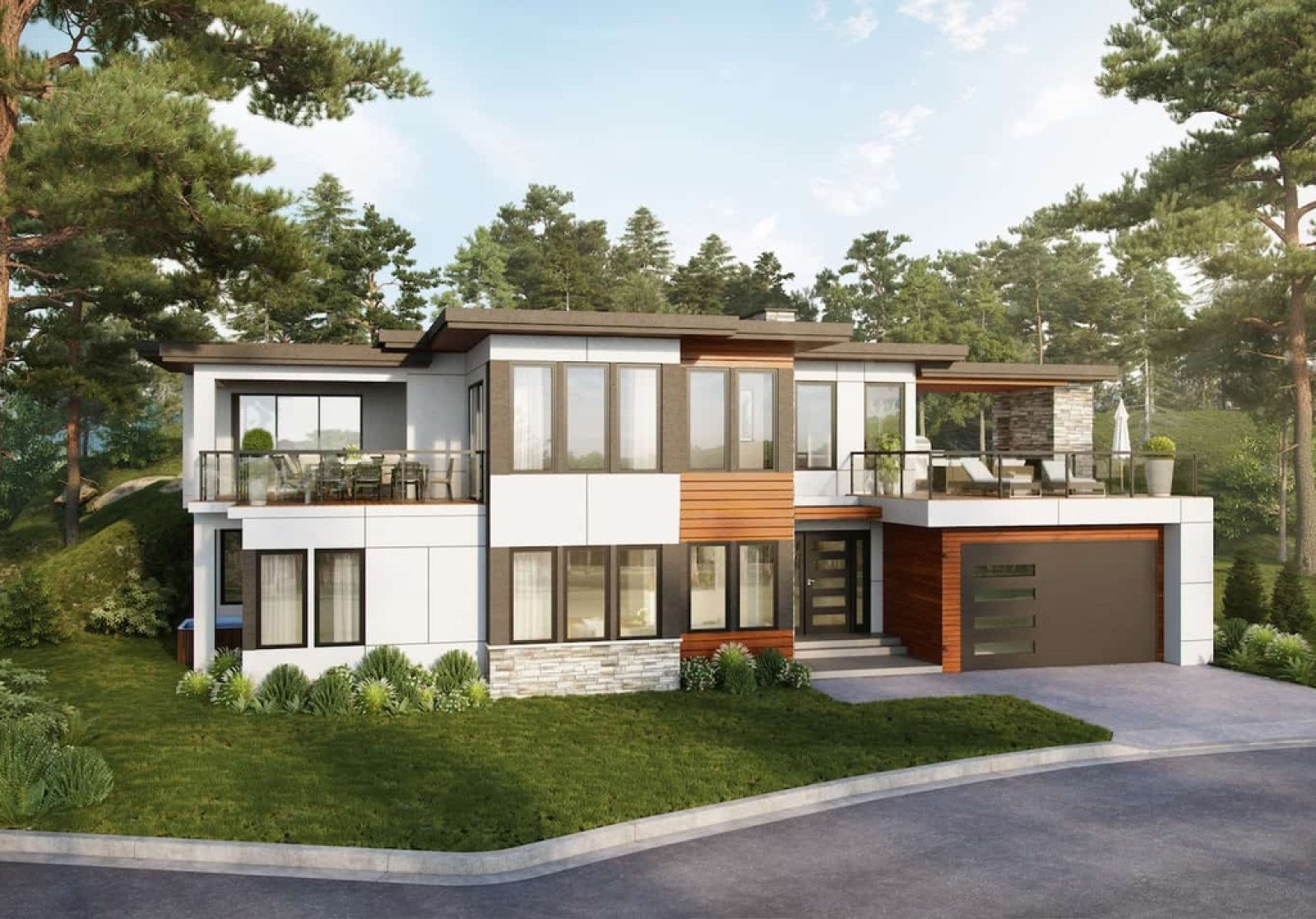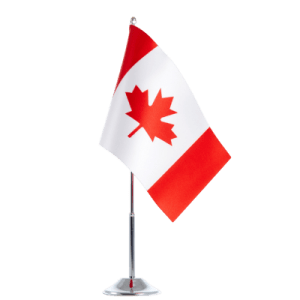
Overview
After learning about features of energy-efficient buildings in "What are green buildings?", students apply their knowledge and design an energy-efficient home. They think about the people who will live there, brainstorm ideas and gather feedback. They sketch a design, build a model or create a digital graphic to represent final design ideas to showcase.
Instructions
What you'll need
- "Design an energy-efficient home" worksheet, one per student
- "Design an energy-efficient home" assessment
Preparation
Complete “What are green buildings?” before this activity to provide students with background knowledge and information or allow time for students to do their own research about what makes an energy-efficient home.
Introduction
- Show students "Buildings we love" to highlight homes, schools, and other buildings across B.C. that are energy-efficient, comfortable and look good.
- Give students time to explore some buildings on their own and discuss key features with a partner or choose a couple buildings to highlight and review as a class.
- Students will design a home, so you may choose to focus the examples on homes.
- As a class, discuss how energy-efficient home design affects sustainability and the impact on the environment.
- Energy-efficient buildings reduce the amount of energy needed for things like heating, lighting, cooking, etc.
- The less energy we use, the fewer greenhouse gas emissions there are and the less impact there is on the environment. This is better for our climate and part of a sustainable energy future.
Design process
- The student challenge is to design an energy-efficient home. Review the “Design an energy-efficient home” worksheet as a class.
- Page 1: identifies the task and students gain an understanding of who they’re designing the home for and what key features it needs. Also provides a structure to generate ideas and sketch a draft design.
- Page 2: students share their designs and give and receive feedback. They revise their designs based on peer suggestions.
Showcase
- Students complete their final designs and showcase their ideas with the class, highlighting the energy-efficient features of their homes.
Modify or extend this activity
Extensions
- Invite a guest speaker to talk about energy-efficient buildings. This may be a green buildings architect or someone from the School District Facilities department to talk about energy-efficiency projects in the district or at your school.
- Research local energy-efficient buildings and municipal initiatives related to energy efficiency in buildings.
- Thinking of attending a specific college or university? Find out if they have green building initiatives. Learn about the Chappell Family Building for Nursing and Population Health at Thompson Rivers University as an example.
- Show students the "T’Sou-ke First Nation: A leader in the innovative use of renewable energy in Canada" video and learn about ways they’re incorporating principles of sustainability and energy-efficiency in their community.
Curriculum Fit
Core competencies
Communication
- Communicating
Thinking
- Creative thinking
- Critical thinking
Personal and Social
- Social awareness and responsibility
Science 10, 11, 12
Big ideas
- Energy is conserved and its transformation can affect living things and the environment. (Science 10)
- Scientific understanding enables humans to respond and adapt to changes locally and globally. (Science for Citizens 11)
- Living sustainably supports the well-being of self, community and Earth. (Environmental Science 12)
Content
- Impacts of energy transformations from technologies (Science 10)
- Actions and decisions affecting the environment (Science for Citizens 11)
- Beneficial scientific innovations (Science for Citizens 11)
- Mitigation and adaptations (Environmental Science 12)
- Personal choices and sustainable living (Environmental Science 12)
Curricular competencies
Questioning and predicting
- Demonstrate a sustained intellectual curiosity about a scientific topic or problem of personal, local or global interest
Planning and conducting
- Collaboratively and individually plan, select and use appropriate investigation methods to collect reliable data
Processing and analyzing data and information
- Construct, analyze and interpret graphs, models and diagrams
Evaluating
- Consider social, ethical and environmental implications of their design
Applying and innovating
- Contribute to finding solutions to problems at a local and/or global level through inquiry
Communicating
- Communicate scientific ideas, information and suggested course of action for a specific purpose and audience
Applied Design, Skill and Technologies 10
Technology Education 12
Big ideas
- Social, ethical and sustainability considerations impact design (Applied Design, Skill and Technologies 10)
- Design for the life cycle includes consideration of social and environmental impacts (Technology Education 12)
Curricular competencies
Applied design
- Understanding context
- Defining
- Ideating
- Prototyping
- Testing
- Making
- Sharing
Assessments
- Use the “Design an energy-efficient home" assessment to assess students’ understanding of content and competency development.
- Provide students with the assessment form to complete their own self-assessment of understanding and competency development.
- Assess students’ ability to synthesize learning and communicate the benefits of their energy-efficient home during the final showcase.
Teaching Notes
Green buildings
See the “Green buildings" glossary for background information on energy-efficient buildings.
The Canada Green Building Council, a non-profit organization that promotes green buildings and sustainable community development, puts out two BC Focus supplements each year. The articles have relevant information about green buildings and energy efficiency.
3D software
If students wish to create their final design for the showcase using a digital tool, 3D software such as SketchUp or Blender may be helpful.








